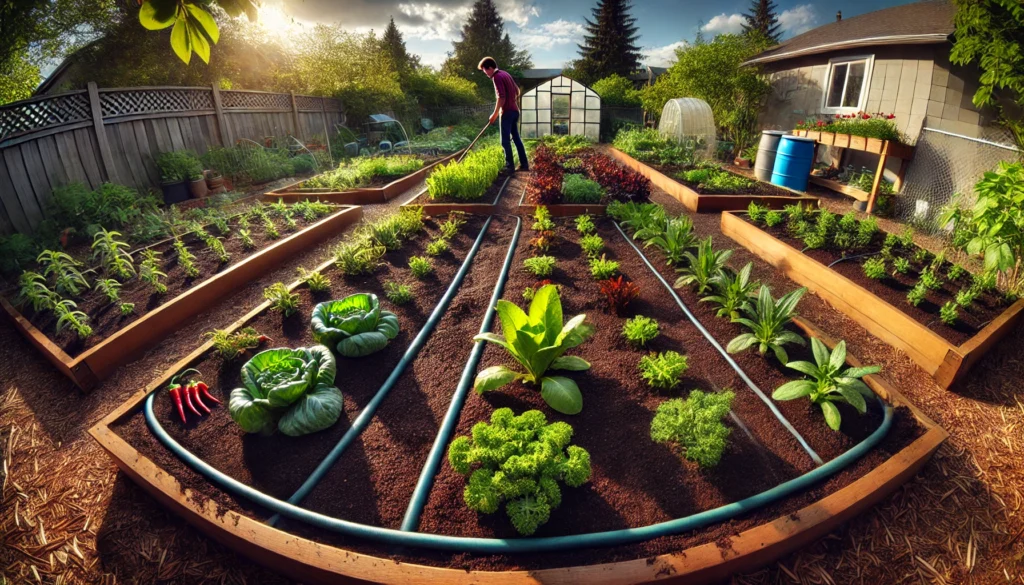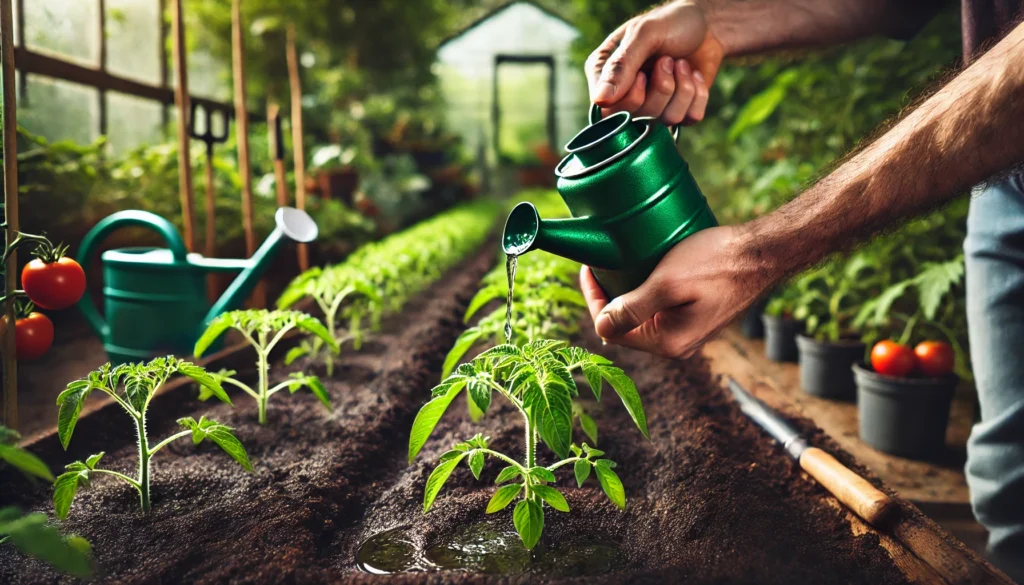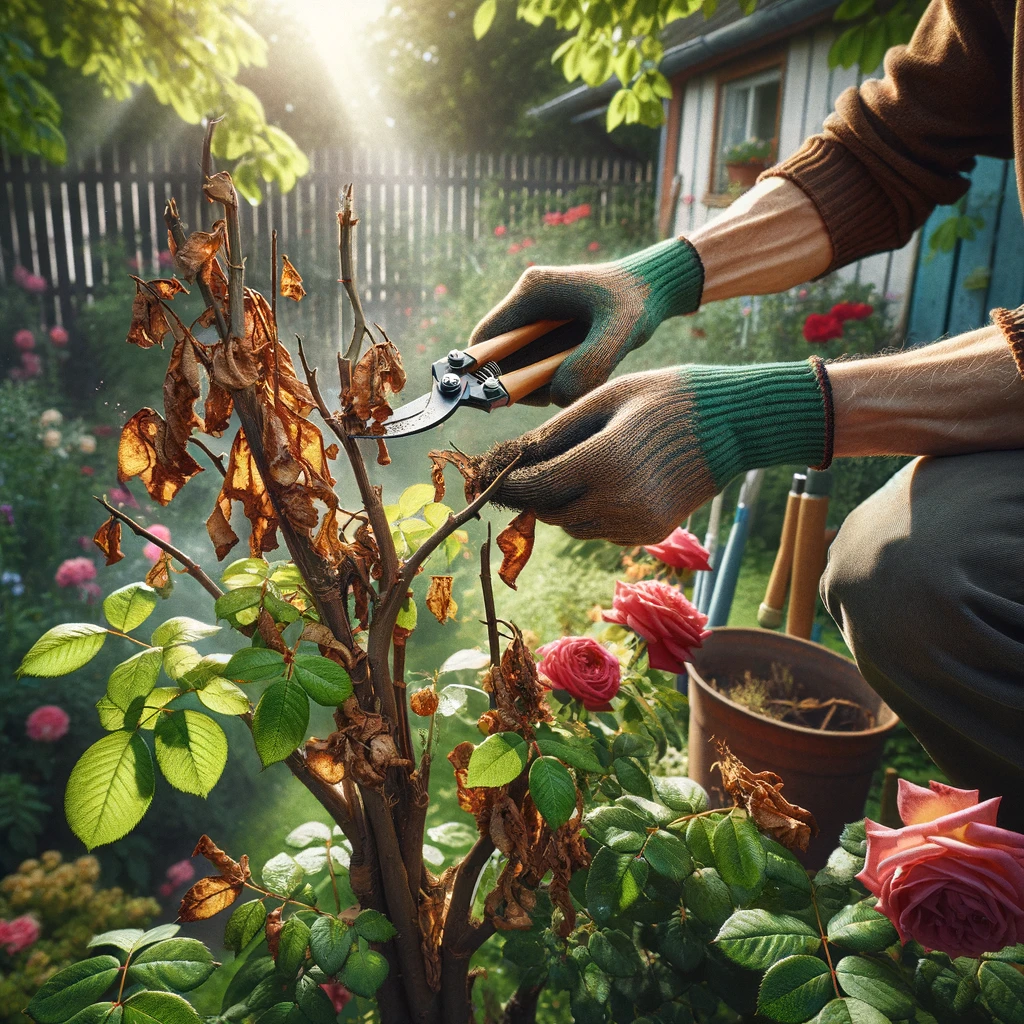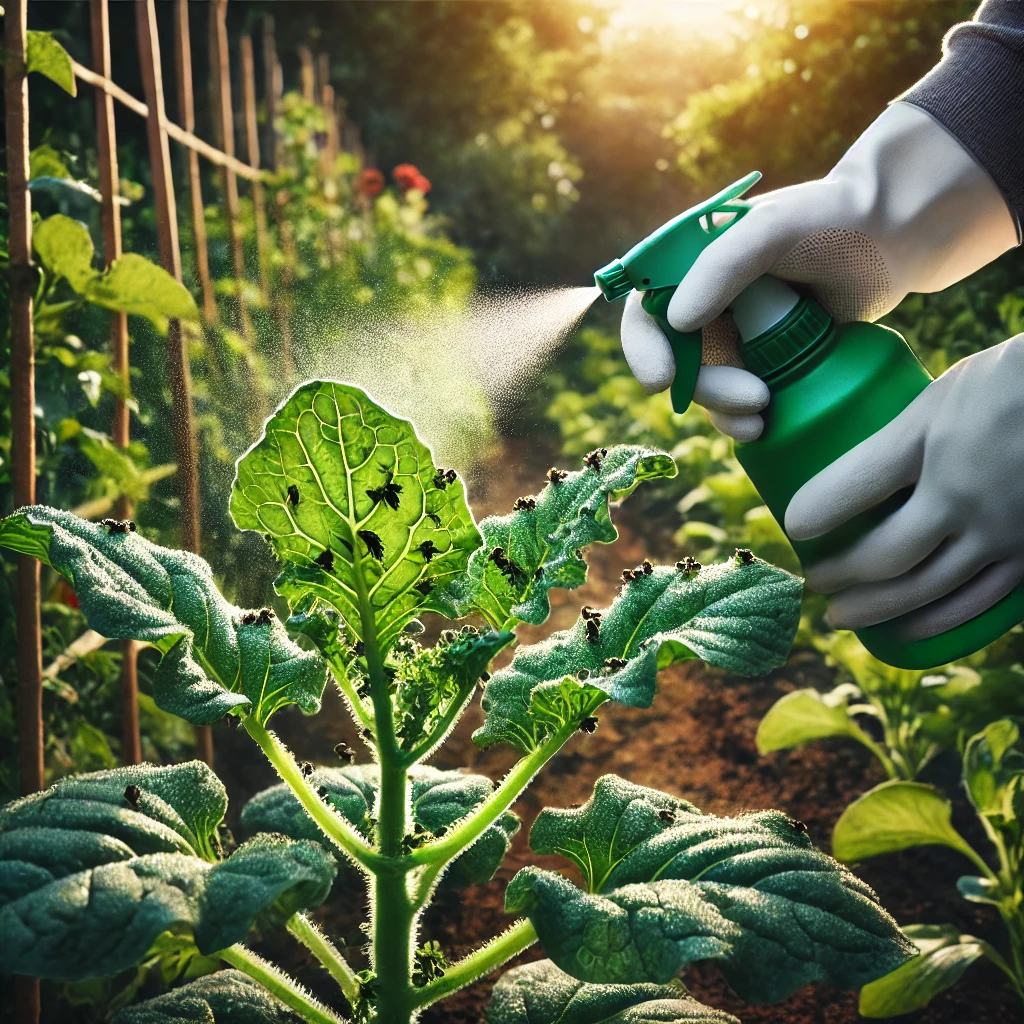Roses are prized for their unmatched beauty and fragrance, making them a cherished addition to any garden. However, these beloved plants can sometimes face a host of challenges that threaten their health and vitality. Whether it’s pests, diseases, or environmental stress, learning how to save a struggling rose is a rewarding experience for any gardener. This guide will walk you through eight essential steps to revive your roses and bring them back to their full glory.
1. Identify the Problem Early

The first step in saving a declining rose is to identify the root cause of the issue. Regularly inspect your plant for signs of stress, such as wilting leaves, discoloration, or unusual growth patterns. Pests and diseases often leave telltale signs, so look closely at the leaves, stems, and buds. Environmental factors like inadequate sunlight, improper watering, or poor soil conditions can also contribute to a rose’s decline.
Early detection is crucial. By catching problems early, you can take swift action to prevent further damage and begin the process of restoring your rose to health.
2. Proper Watering Techniques

Watering roses is a critical aspect of their care, and getting it wrong can lead to significant health issues. Underwatering is a common problem that can cause leaves to wilt, turn yellow, and become dry and crispy. Flowers may also fade prematurely, and the plant may show stunted growth.
On the other hand, overwatering can be just as harmful. Overwatered roses often develop yellow veins (chlorosis) and may suffer from root rot, a condition where the roots decay due to excess moisture.
To keep your roses healthy, water them deeply every other day during the summer months. This encourages deep root growth, which helps the plant withstand periods of drought. Avoid overhead watering to prevent fungal diseases—use a drip irrigation system to direct water to the roots instead.
Rather than sticking to a strict watering schedule, check the moisture level of the soil regularly. If the top two inches of soil feel dry to the touch, it’s time to water. Consistency is key, so try to maintain even soil moisture, especially during hot, dry periods. Mulching around your roses can help retain moisture and keep the roots cool.
3. Ensure Adequate Sunlight

Roses thrive in full sun, and inadequate sunlight is a common reason for weak, stunted growth and a lack of blooms. If your rose is struggling, evaluate its location to ensure it receives at least six hours of direct sunlight each day.
If your rose is planted in a shaded spot, consider relocating it to a sunnier area. The best time to transplant a rose is in early spring, before it begins to produce new growth. However, if necessary, you can move the plant during the summer—just avoid doing so during periods of extreme heat or drought.
4. Improve Soil Health

Healthy soil is the foundation of a thriving rose garden. Roses prefer well-draining, loamy soil that is rich in organic matter. If your soil is heavy clay or compacted, it may retain too much water, leading to root rot and other issues.
To improve soil health, amend the soil around your roses with compost or well-rotted manure. This will enhance soil structure, increase fertility, and improve drainage. It’s also important to check the soil’s pH level—roses grow best in slightly acidic soil with a pH between 6.0 and 6.5. If your soil is too acidic or too alkaline, it can inhibit nutrient uptake and stunt the plant’s growth. Lime can be added to raise the pH of acidic soil, while sulfur can be used to lower the pH of alkaline soil.
5. Fertilize Regularly

Roses are heavy feeders and require a steady supply of nutrients to produce lush foliage and abundant blooms. If your roses are showing signs of nutrient deficiency—such as yellowing leaves, stunted growth, or buds that fail to open—they may benefit from fertilization.
Use a balanced fertilizer specifically formulated for roses, and follow the manufacturer’s instructions for application rates and timing. Fertilize your roses in early spring, and continue feeding them every four to six weeks throughout the growing season, stopping in late summer. Avoid fertilizing in the fall, as this can encourage new growth that is vulnerable to winter damage.
Be careful not to over-fertilize, as this can cause the roots to burn, leading to dark patches on the foliage and excessive leaf growth at the expense of flowers.
6. Prune Damaged Areas

Pruning is an essential practice for maintaining the health and appearance of your rose bushes. It helps remove dead or diseased wood, shapes the plant, and encourages new growth.
In late winter, prune your roses by removing about one-third of the growth. Make your cuts just above a growth node, and angle the cuts so that water will run off rather than pool on the wound. This helps prevent disease and promotes healthy growth.
If your rose is struggling during the summer, prune away any dead, damaged, or diseased branches. This will reduce congestion within the plant and allow it to focus its energy on producing new, healthy growth. Also, remove any suckers growing from below the graft line, as these can sap energy from the main plant.
Always use sharp, sterilized pruning shears to make clean cuts, and remove any fallen debris from around the plant base to reduce the risk of pests and diseases.
7. Control Pests

Pests can place significant stress on rose plants, leading to a decline in health. Common rose pests include aphids, Japanese beetles, spider mites, and thrips. These insects can cause damage to leaves, stems, and flower buds, reducing the plant’s vigor.
To control pests, regularly inspect your roses for signs of infestation. Look for damaged leaves, discolored spots, or distorted growth. Handpick pests when possible, or use insecticidal soap or neem oil as a natural treatment. Beneficial insects like ladybugs can also help keep pest populations in check.
For severe infestations, systemic insecticides may be necessary, but these should be used as a last resort. Maintaining the overall health of your roses through proper care can make them more resilient to pest attacks.
8. Treat Diseases

Roses are susceptible to a variety of fungal diseases, including black spot, powdery mildew, and rust. These diseases can weaken the plant by causing leaf drop, reducing the plant’s ability to photosynthesize and produce energy.
To treat fungal diseases, prune affected areas to improve air circulation and remove any infected leaves or stems. Use a fungicide appropriate for the specific disease you’re dealing with, and apply it according to the label instructions. Natural remedies, such as baking soda or milk solutions, can also be effective against certain fungal diseases.
Prevent future outbreaks by watering at the base of the plant rather than overhead, and by ensuring your roses are spaced far enough apart to allow for good air circulation. Clean up fallen leaves and debris to reduce the presence of fungal spores.
In some cases, roses may also be affected by viral diseases like rose mosaic or rose rosette disease. Unfortunately, there is no cure for these viruses, and infected plants must be removed and destroyed to prevent the spread of the disease.
Reviving a struggling rose plant requires patience, attention to detail, and consistent care. By identifying the underlying issues and addressing them with the appropriate techniques, you can restore your roses to their full health and beauty. With proper watering, sunlight, soil care, and pest and disease management, your roses will once again flourish and bring joy to your garden.
By following these steps, you can save your rose plants and enjoy their magnificent blooms for years to come. Remember, healthy roses are resilient roses, and with the right care, even the most ailing plant can make a stunning recovery.





